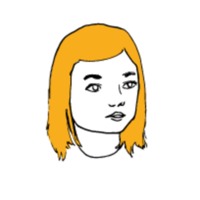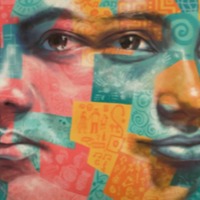
Alisha
UK children continue to be subjected to sex trafficking within the country. Children in the care system and unaccompanied migrant children are particularly vulnerable to trafficking. The latest government statistics derived from the UK National Referral Mechanism in 2014 reveal 2,340 potential victims of trafficking from 96 countries of origin, of whom 61 percent were female and 29 percent were children. At least one child a day is trafficked into Britain according the to the Human Trafficking Foundation, with children forced to work in the sex industry, domestic service, cannabis cultivation or as criminal on the streets. Child victims of human trafficking primarily originate from Romania, Vietnam, Nigeria, and from within the UK itself. After her mum left home and her dad started drinking, Alisha looked for friendship in a group of older people outside of school. Thinking they cared about her, Alisha accepted alcohol and drugs from them. Once she became hooked, her friends demanded she pay them for what they had given her, forcing her to perform sexual services under the threat of violence.

Elanie
The Global Slavery Index estimates that approximately 248,700 people live in conditions of modern slavery in South Africa. 43% of victims in forced labour were identified by the Walk Free survey to be subjected to commercial sexual exploitation. Though the purchasing of sex is criminalised, the sex industry thrives on the street, in brothers and in private residences. South African women, women from neighbouring states and Thai, Chinese, Russian and Brazilian women have been identified as victims of commercial sexual exploitation in South Africa. South African women have also been trafficked abroad, predominantly to Europe. Elanie was abused and neglected from a very young age. She was sexually molested until the age of 14 years old by both her mother’s boyfriends, teachers and her brother. Alcohol featured at an early age during her life, being given it to keep her quiet from the age of 6. After she left school Elanie was looking for work when she was sold to an escort agency and subjected to sexual abuse by numerous men for 8 months.

Oksana
Forced labour accounts for 98 percent of cases of modern slavery in Russia. Made up of both Russian and foreign workers, particularly from Tajikistan, Uzbekistan, Azerbaijan and Kyrgyzstan, these people are enslaved in the agricultural and construction sectors, in factories, private homes, forestry, automotive and fishing industries. Russia also stands as the second largest migrant receiving country in the world, and remains one of the top 5 destinations for Ukrainians seeking work. These migrant workers often rely on underground networks and intermediaries, not knowing exactly what work they are committing to. Increased unemployment, poverty and demands for cheap labour among Russian citizens, along with the flow of cross-border migration has created new pockets of vulnerability and opportunities for labour exploitation in the country. Under pressure to make loan repayments, Oksana travelled from Ukraine with a friend to work at a wholesale market. After poor safety conditions led the women to request to be moved, they were taken to an abandoned stock base and ushered in to a small room filled with wooden pallets and dirty mattresses. Subjected to long-working hours and nightly sexual abuses, Oksana along with others eventually escaped, hitchhiking back to Ukraine.